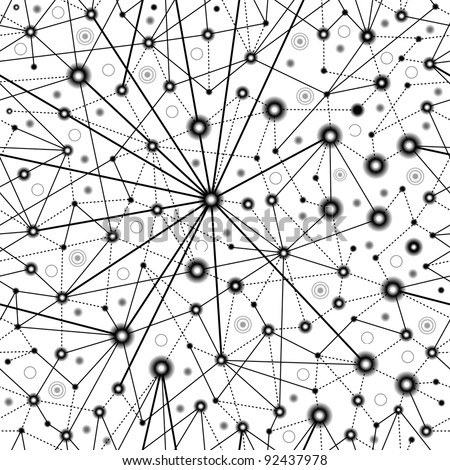where are words stored in the brain ?

In my last post I said don't use superlearning techniques, like the creation of crazy mems on memrise, unless it's unavoidable and since I have used these methods myself for a while here is why I think that one should avoid them:
The first problem is:
There seem to be two types of memory, one is an integrated interconnected one and one is a separate storage facility. Michel de Montaigne already wrote about this in the 16th century : he said things you learn by heart are as useful as a crate of book tied to the back of a donkey. Don't you just love this image?
Modern brain science has confirmed his thoughts. For example people who had strokes or brain injuries and who suffer from aphasia can often still recite long poems they learned in their childhoods but cannot find the words for things in their everyday lives.
When learning a new language you want to get the new words into the interconnected memory not in the off site store. But learning words individually and only from the point of view of your native language makes this a lot harder. Of course brains are about as complex as the endless multiverse we live in and my sorry little drawing can not capture what happens in a brain. But embarrassingly simplified, you want the second structure not the first:
The second problem:
You'll be left with an avalanche of absurd images in your head. Ideally you want to associate more or less the same things with the new words as the native speakers of your target language, not some crazy things that are only related to your mother tongue. And believe me it is difficult to get rid of those crazy associations. For example I used the image of someone riding a hog to learn the verb linhog (to drive). It worked instantly but now I've got this image every time I use the word and even though it's quite funny it starts getting on my nerves. And it's not a direct thing either you always have to make the detour in your head: to drive > to ride > Harley > hog > +lin > linhog > to drive
linhog (to drive)
or the word
cream:
katzefet
And yes it works really well to think: cream makes a cat fat. and again your head has to think
cream > fat/fet + kat/cat > + ze > catzefat > katzefet > cream
and you'll be stuck with this image:

and I think it would be more appropriate to have this image in your head
:

toutim ve katzefet
or the word
cream:
katzefet
And yes it works really well to think: cream makes a cat fat. and again your head has to think
cream > fat/fet + kat/cat > + ze > catzefat > katzefet > cream
and you'll be stuck with this image:

and I think it would be more appropriate to have this image in your head
:

toutim ve katzefet
which reminds me of one of my all time favorite Hebrew songs:
toutim - תותים
the band: Etnics - אתניקס
(By the way, songs are great for learning vocabulary. I think I'll write a blog post about this one soon)
If you use superlearning techniques to learn individual words in your target language your will stay locked in. You will think and say everything from the point of view of your native language and never step over the gap on to the other side. And that's a shame because what you really want is for the new language to become alive in you.




No comments:
Post a Comment